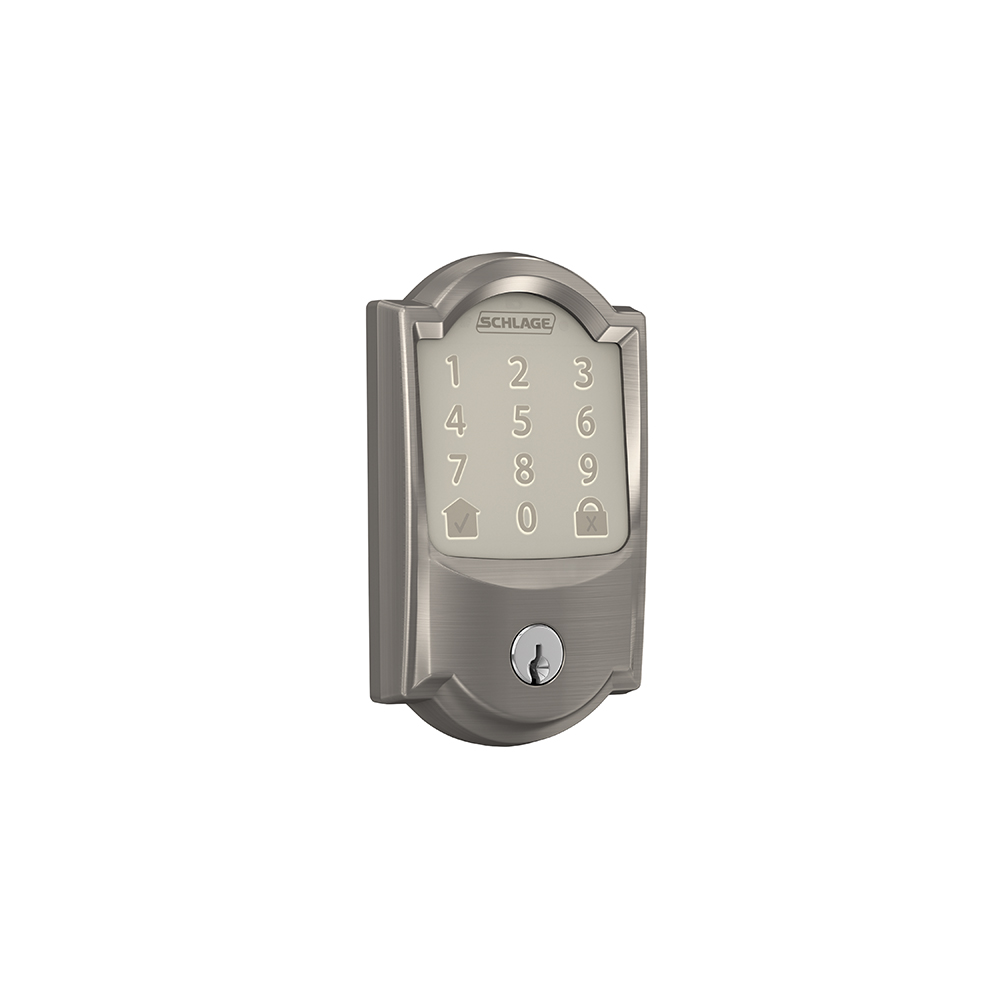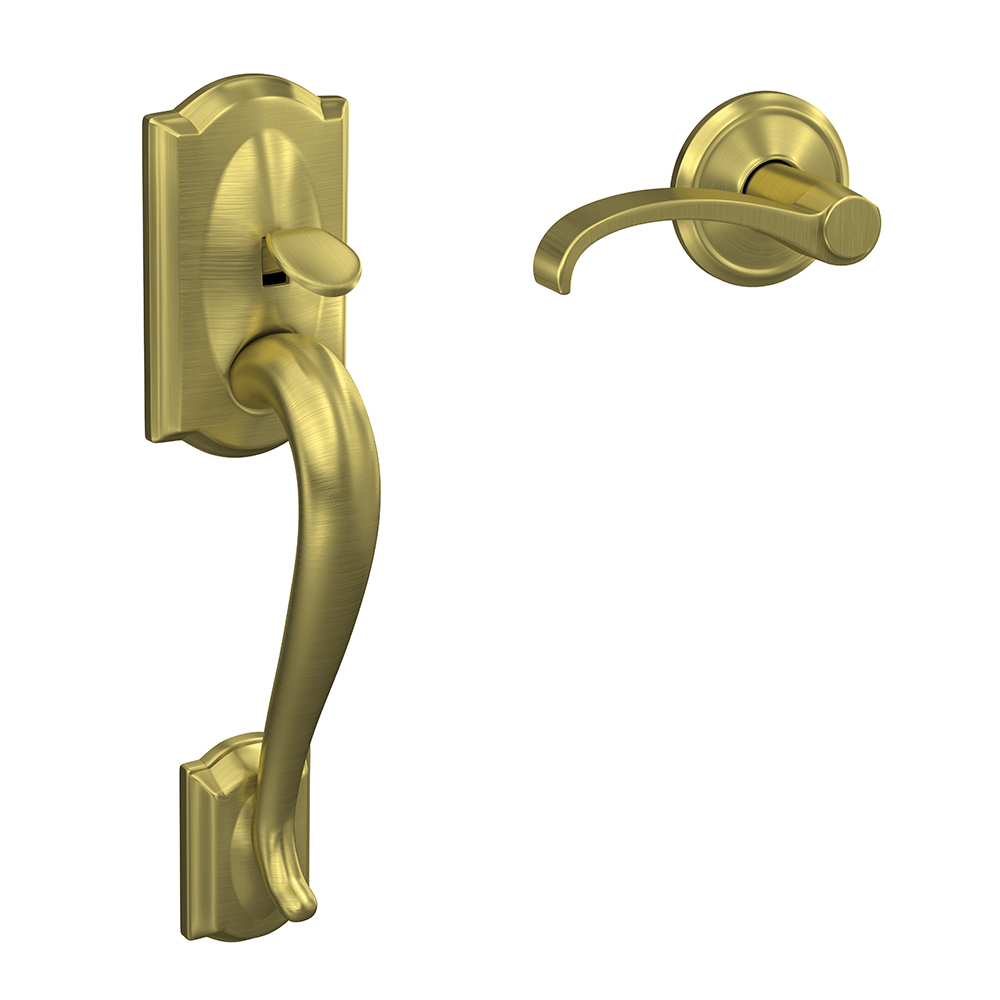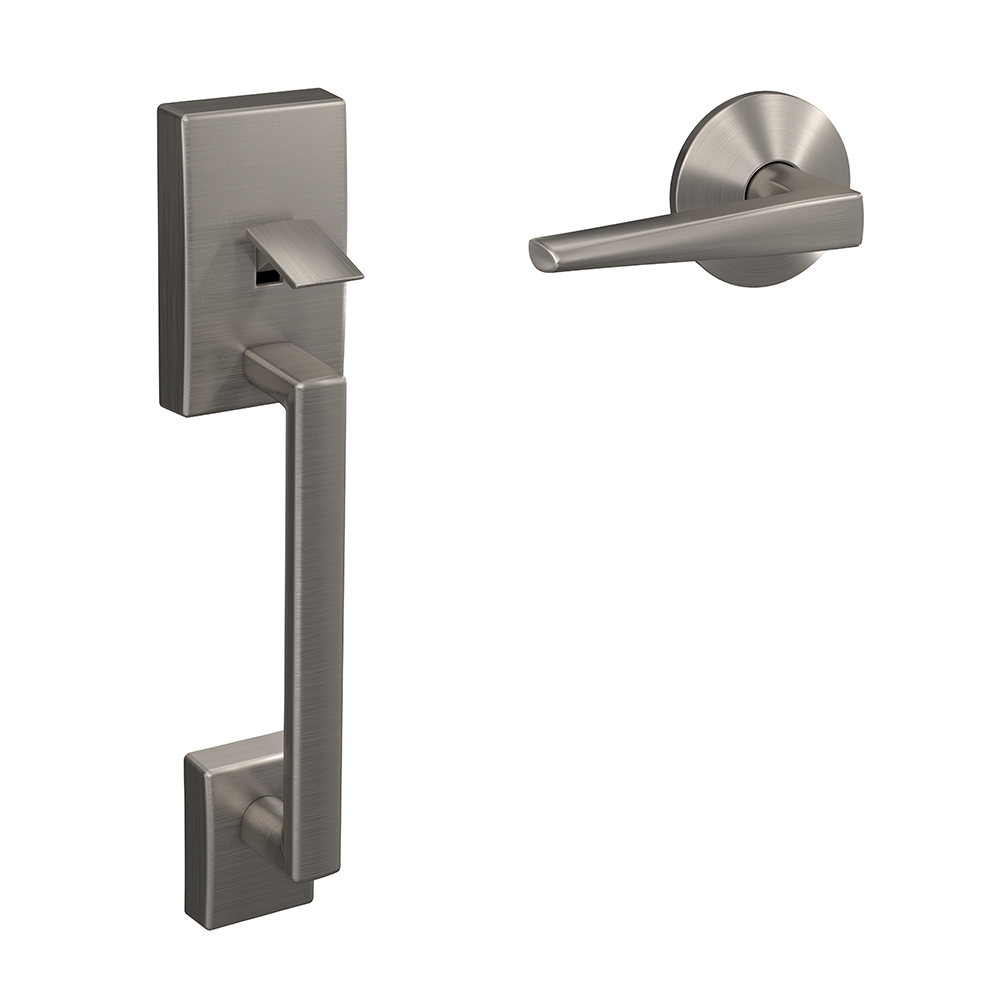Sustainable container garden ideas for your front door.
Friday, May 12, 2023
A little intentionality and knowledge can go a long way in making your front porch a welcoming place for human guests as well as the birds, bees and butterflies that balance your ecosystem.
A quick front porch makeover is an easy way to boost your curb appeal – but what if you could update your front porch in a way that benefits the environment and looks beautiful? Enter front porch container gardens. No matter how much space or effort you can commit, container gardens are a fun way to add value to your front porch. A little intentionality and knowledge can go a long way in making your front porch a welcoming place for human guests as well as the birds, bees and butterflies that balance your ecosystem.
Use the following steps to assemble a container garden both you and your environment can enjoy!
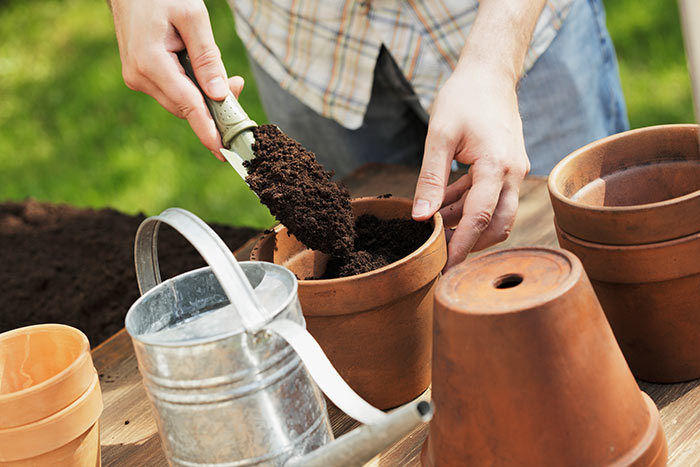
1. Plan your front porch container garden
Start by taking a quick inventory of your front porch space and the amount of time you are willing to put into your container garden. Even one small, simple plant pot can add visual interest and environmental value. Then, decide what is most important to you when it comes to your container garden – do you want color? a variety of plants and textures? are there particular critters you are wanting to attract (or ward off)? Once you have a general idea of what you want, it’s time to pick the perfect containers and plants to suit your vision. When picking plants, be sure to pay attention to what kind of soil, drainage, watering and sun each variety requires to ensure your chosen plants can thrive in your specific front porch conditions.
How to choose plants for your container garden that help the environment
The easiest way to know your container garden is helping the environment is to choose native plants. Native plants are those that occur naturally in your area without human introduction. In contrast, exotic plants that were brought into your region from distant areas are less likely to support the wildlife in your ecosystem and may even be invasive, causing harm by taking over natural habitats and choking out native plants. Other bonuses of native plants are that they are likely to thrive in the conditions specific to your area and often require less supplemental watering while being more resistant to common pests.
When picking native plants for your container garden, it’s up to your preference if you want use one or multiple plants per pot. A good rule of thumb if you want a variety of plants in one pot is to pick three plants with similar maintenance needs following the thriller, filler, spiller method.
Thriller – a tall plant. When choosing a thriller, look for a plant that grows an appropriate height for your chosen planter and provides interesting textures, foliage and/or flowers to serve as your focal point. For most containers, you will want avoid plants that grow taller than 2ft.
Filler – a plant that fills the pot. Fillers add mass to your container and are a fun option for playing with a new texture or foliage color.
Spiller – a plant that spills out over the edge of the pot. Finding a plant that will create some drama by draping over the side of your pot will create the final layer for your perfect container garden combination.
Native plants are often sold at garden centers, and many states have a native plant society or organization with lots of resources to help you plant a more environmentally friendly garden. The Lady Bird Johnson Wildflower Center has extensive lists to help you find plants native to your state as well as a Native Plants Database to help you identify and learn about native plants. The Audubon at Home program also provides a helpful resource on Captivating Containers with Native Plants that includes extensive information on container gardening with native plants as well as lists of plants and plant combinations that tend to succeed when planted in containers.
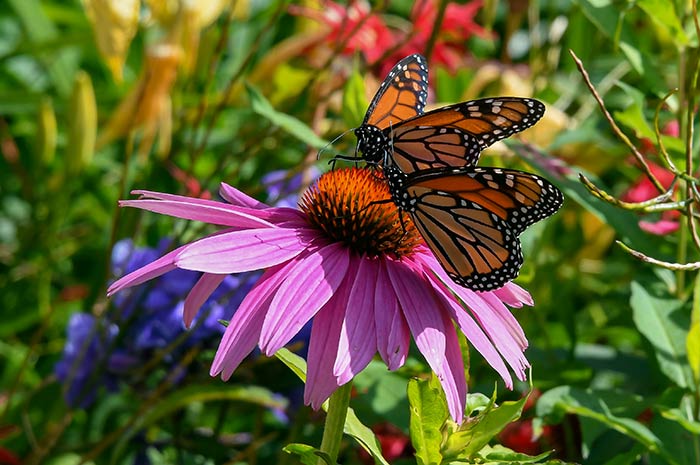
2. Planting an eco-friendly container garden: pot size, soil and spacing
Once you have identified a few native plants to use in your container garden, it’s time to pick out a pot for planting. While its easy to pick a container based on aesthetics alone, there are a few other important considerations. Make sure your pot has adequate drainage and is made of a material that works with your space. For example, concrete and ceramic planters can be heavy and difficult to move around while plastic and metal planters are long-lasting and lighter weight. If you like the look of one plant per pot, grouping multiple smaller pots together can have a very pleasing effect, as seen in this example from @simplysoutherncottage. Just be aware that smaller pots often require more frequent watering. If you decided to follow the thriller, filler, spiller method, pick a big container that will give your plants ample space and minimize the need for frequent watering.
It is important to choose the right potting material for your front porch planter. Container gardening is unique in that your plants are confined to a closed system; they can’t send roots out to find nutrients or water. Look for a potting mix that drains easily while still retaining moisture – this will allow adequate air supply to plant roots and prevent the soil from becoming too densely compacted over time. Depending on the size of your pot, you may want to add a layer of gravel at the bottom to help maintain drainage and prevent soil from washing out when you water.
When filling your pot with soil, leave at least an inch of space between the top line of the soil and the top of the pot – this provides a shallow well that helps make watering easier. Space plants evenly with your thriller plant at the back so that it doesn’t block your filler and spiller plants in the front. Once planted, make sure all roots are covered with a thin layer of soil so that they can retain moisture. Now that your container garden is planted, you can enjoy watching each plant fill out space in the pot and begin to thrive!
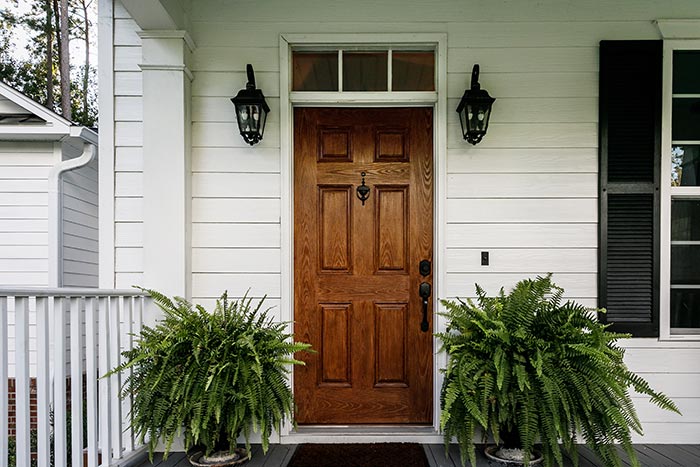
3. Maintaining your front porch container garden
Watering is a necessary task for keeping your container garden healthy. How much and how frequently to water will depend on your plant selection and weather conditions. If your planters aren’t under a porch, they will get rain and require less supplemental watering. Keep an eye on your plants during particularly dry, hot and windy days as water will evaporate faster in such conditions. To check if your container needs water, dig with your finger to see if there is moisture an inch or two beneath the surface. If it is dry a few inches down, that is a good sign to go ahead and water. When watering, fully soak the soil – you want to avoid having the soil wet at the top of the pot and dry at the bottom. Water until a trickle of water just starts from the drainage holes – make sure to stop at this point to avoid flushing nutrients out of the soil.
Most often, native plants do not require fertilizer, but if your plants start to wilt and yellow even with appropriate watering, temperature and light conditions, you may want to carefully use a fertilizer to ensure your plants have all the nutrients they need.
As your plants mature, pick off dead foliage and trim faster growing plants so they do not overwhelm the space. Trimming plants so that they don’t run into each other will help maintain a clean aesthetic and definition. This also helps plants stay full and healthy. To maximize the positive impact your container garden has on the environment, leave spent flowers so that birds have a chance to gather remaining seeds (don’t deadhead).
If you planted native perennials, you have the joy of a container garden that will return year after year. How to over winter your container garden will depend on the conditions of your climate. Because native perennials are perfectly suited for your region, most of the time they are hearty enough to withstand the coldest seasons you encounter. In abnormally cold or harsh conditions, shelter your container garden by insulating it with blankets or a thick layer of leaves behind a wind shield (moving your pot next to a south wall is usually easiest) or simply move your containers into a garage or shed where they will be out of the worst conditions. Once the weather returns to averages for the season, you can move pots back to their home base so they are ready to come alive in the spring.
Hopefully these quick tips help you refresh your porch into a space that feels more beautiful and welcoming than ever – and all while helping support the health of the environment! For more fun front door refresh ideas and all things home DIY and design, make sure to check out our blog, Instagram and Pinterest.





